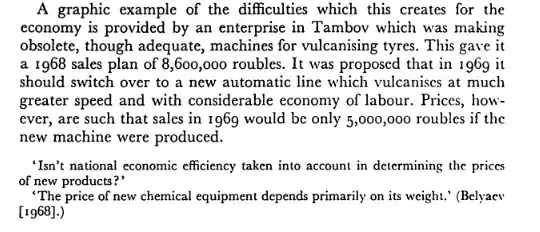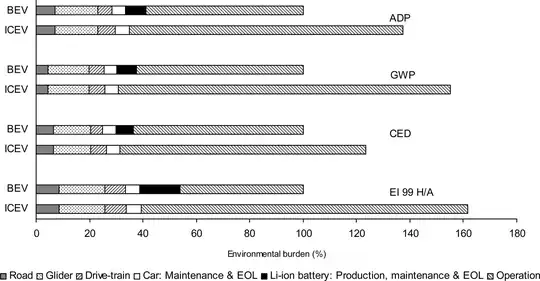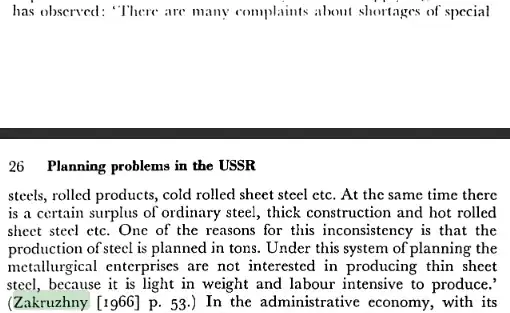We've all heard the story, which sounds for all the world like a typical urban legend. It goes something like this:
Once upon a time, there was a factory in the Soviet Union that made nails. Unfortunately, Moscow set quotas on their nail production, and they began working to meet the quotas as described, rather than doing anything useful. When they set quotas by quantity, they churned out hundreds of thousands of tiny, useless nails. When Moscow realized this was not useful and set a quota by weight instead, they started building big, heavy railroad spike-type nails that weighed a pound each.
The moral of the story, depending on who's telling it, is either "be careful what you measure for because it's often not representative of the result you really wanted," or "ha ha, look at how silly central planning of an economy is; we never had messes like that over here with Free Enterprise™." But it makes me wonder, did the Soviet Nail Factory ever truly exist?





